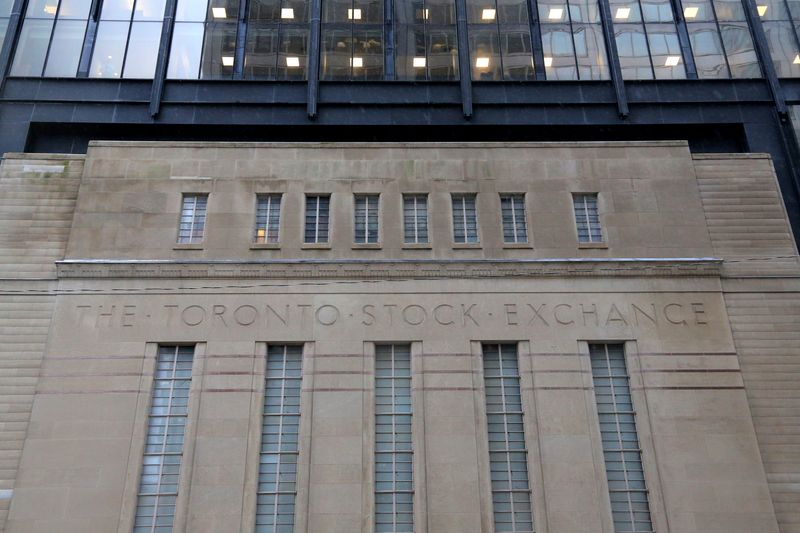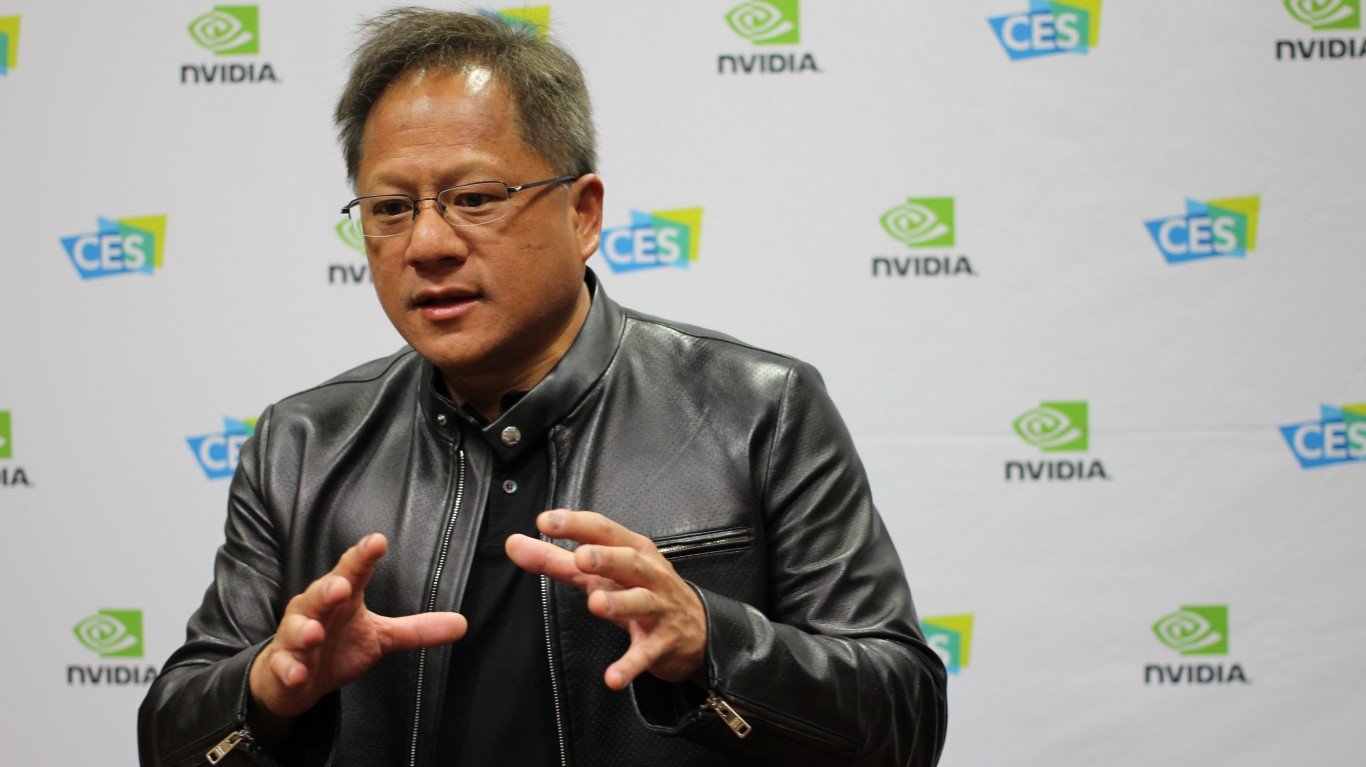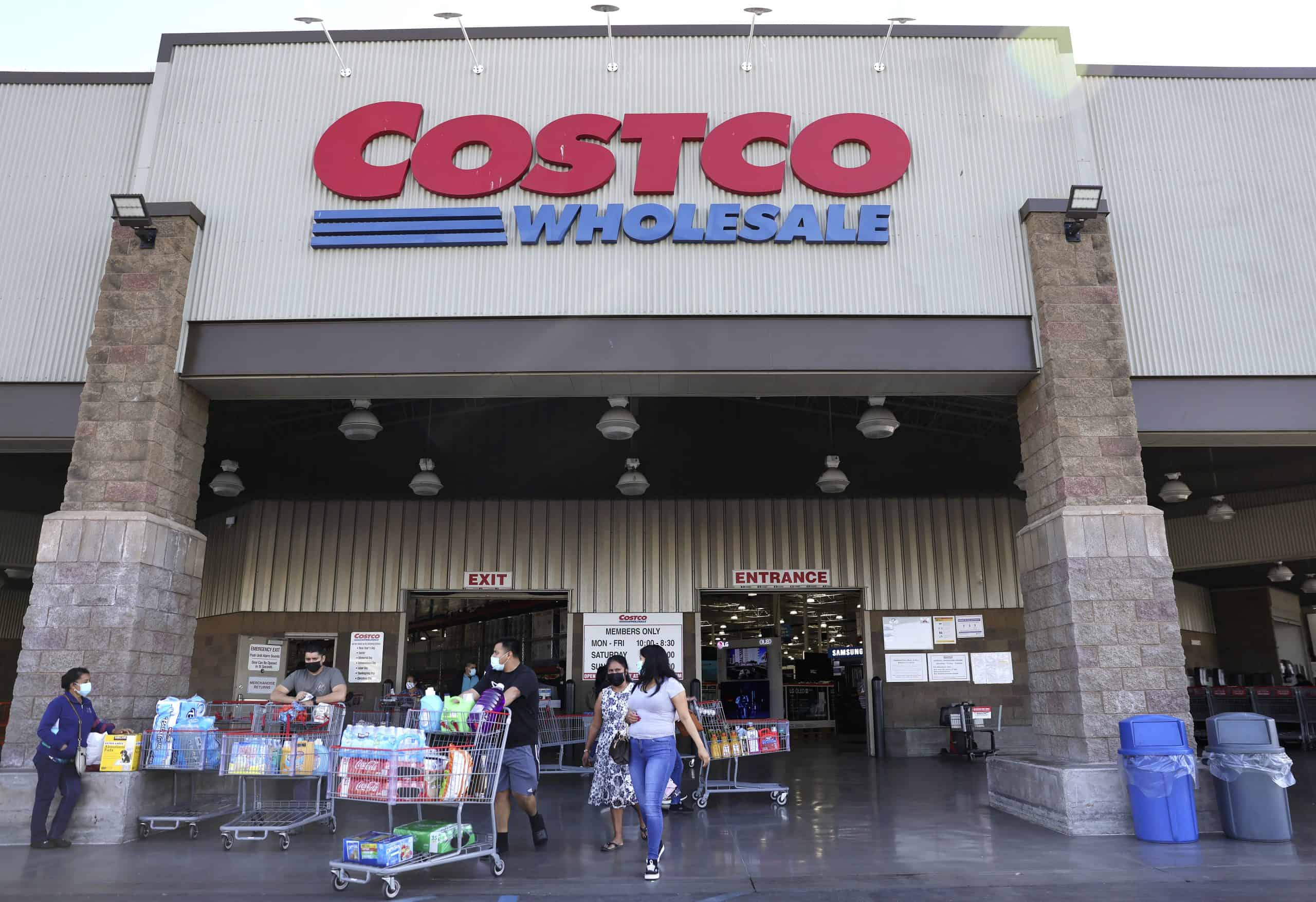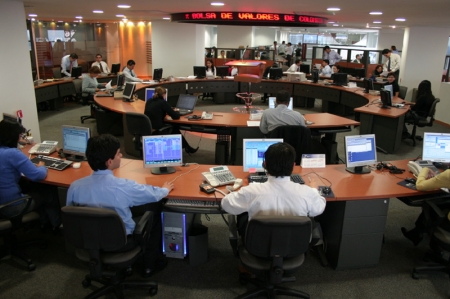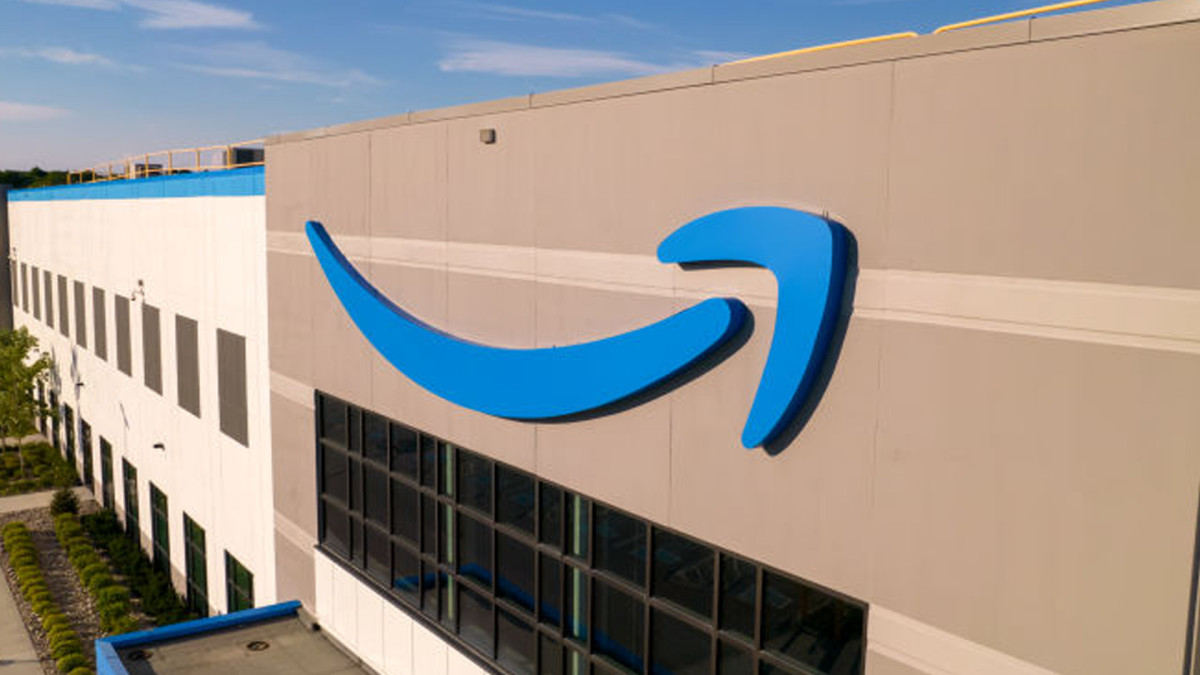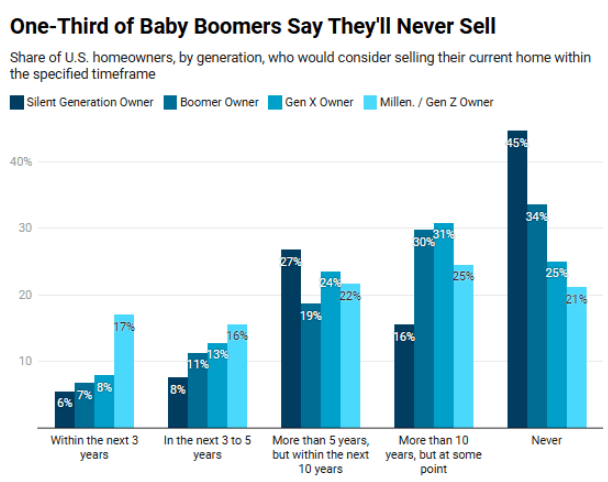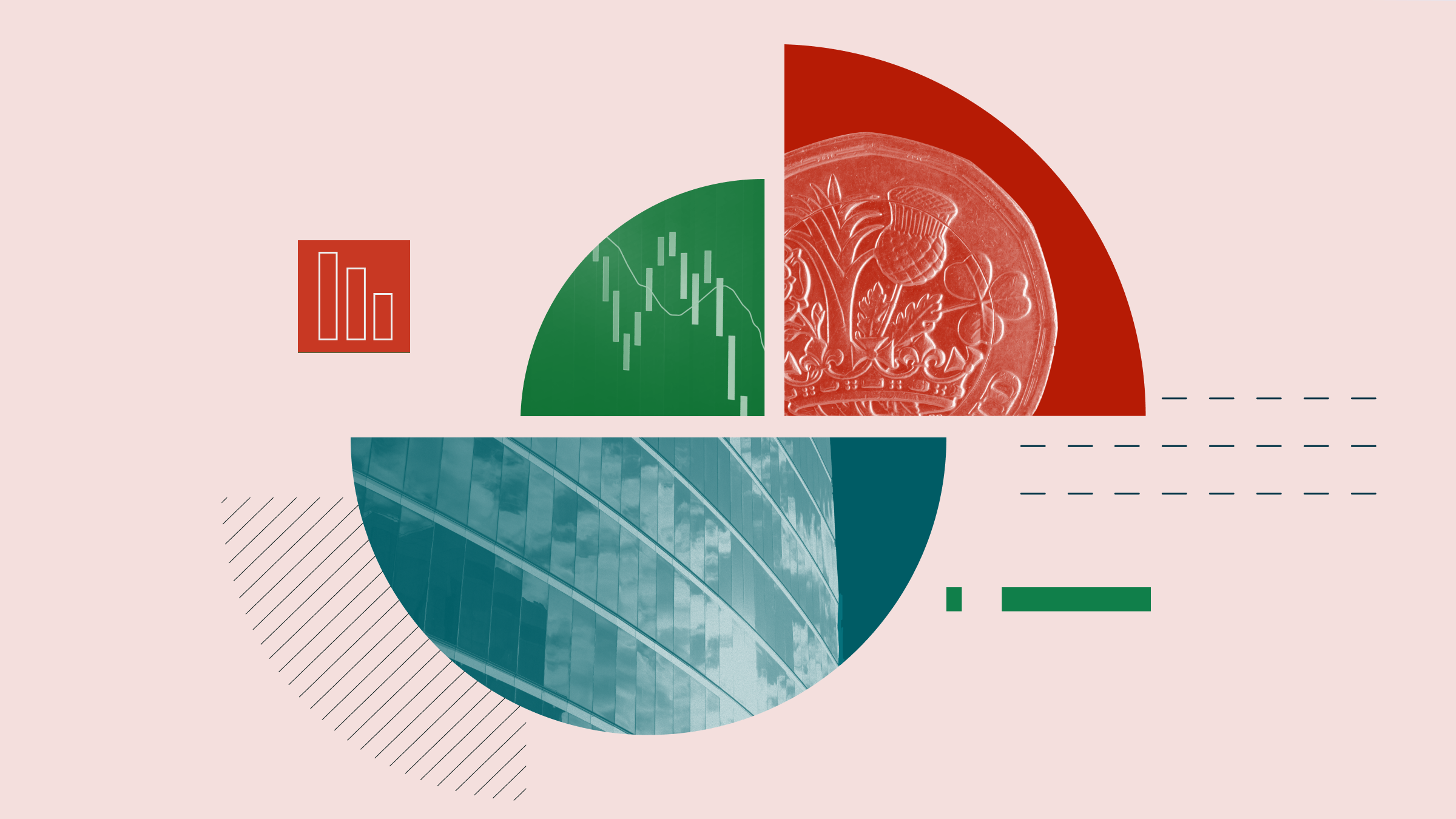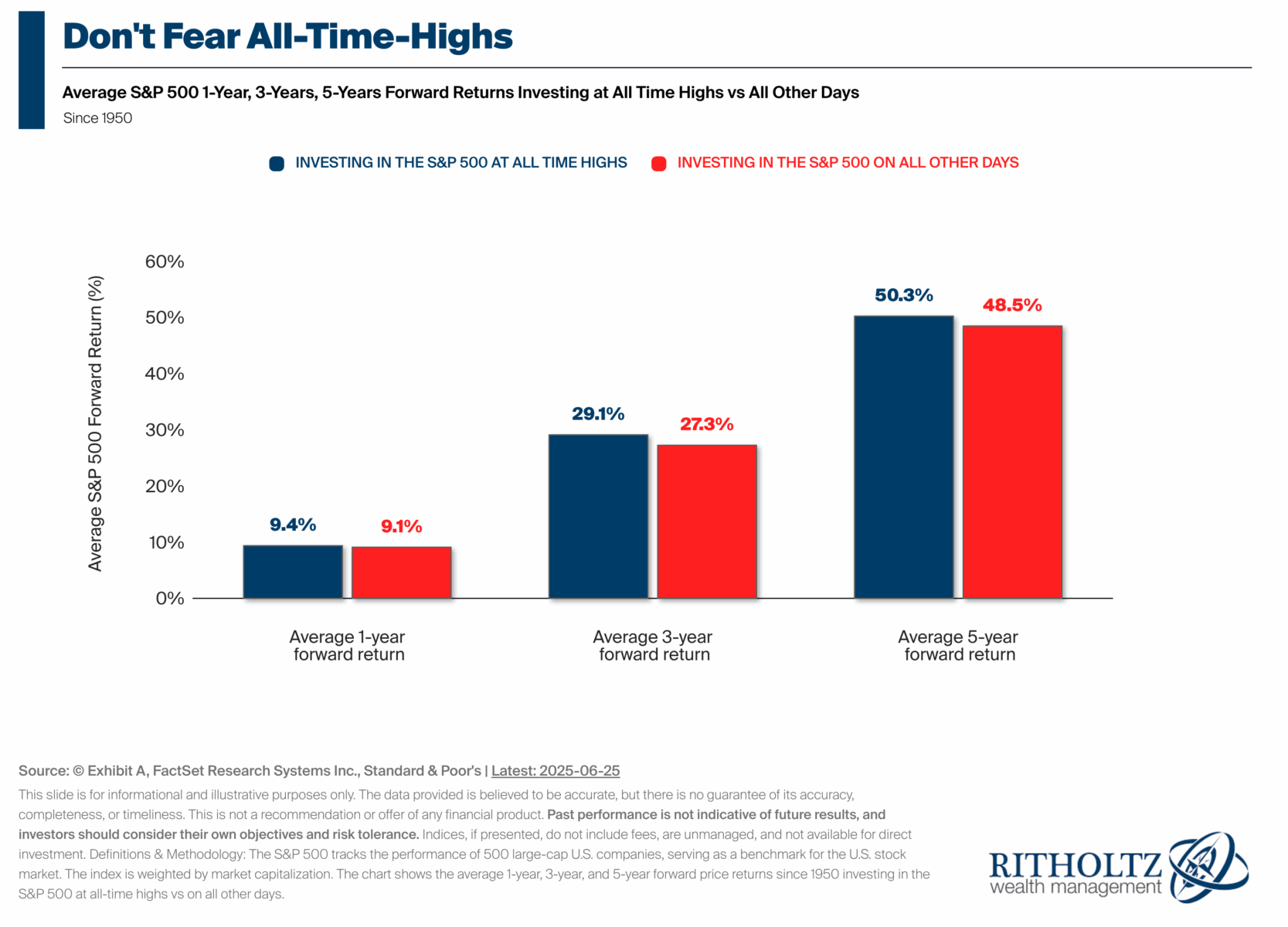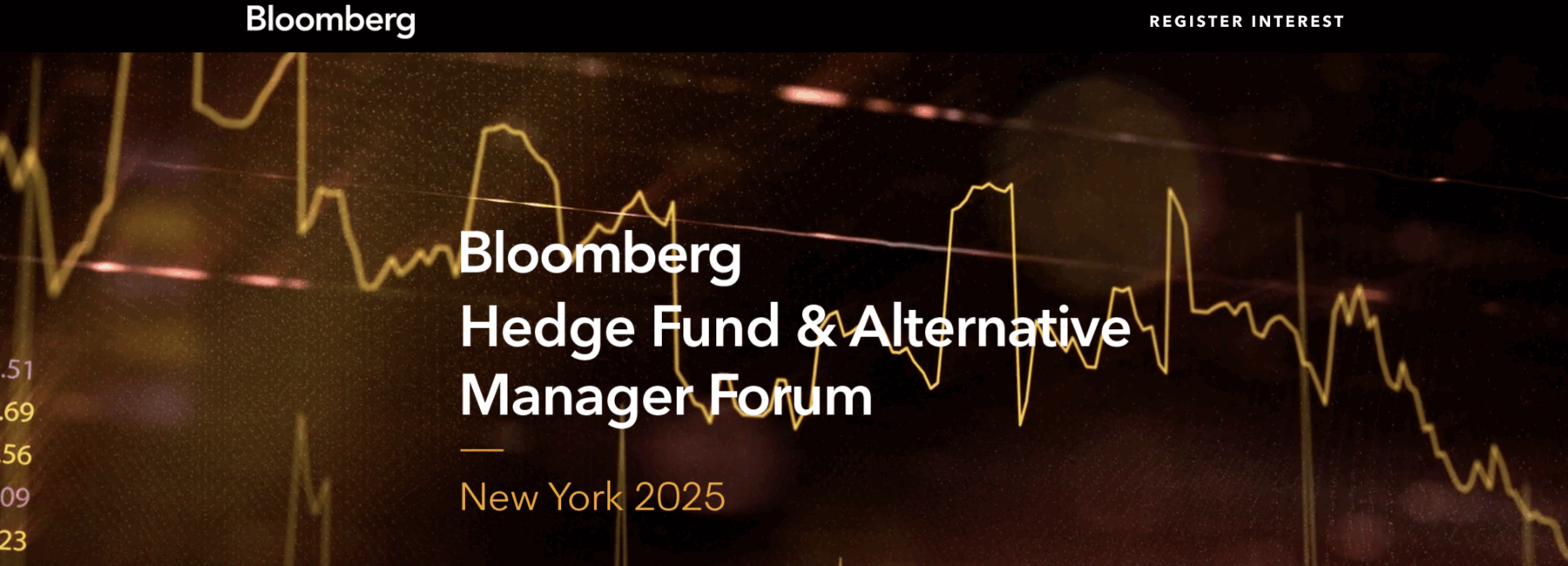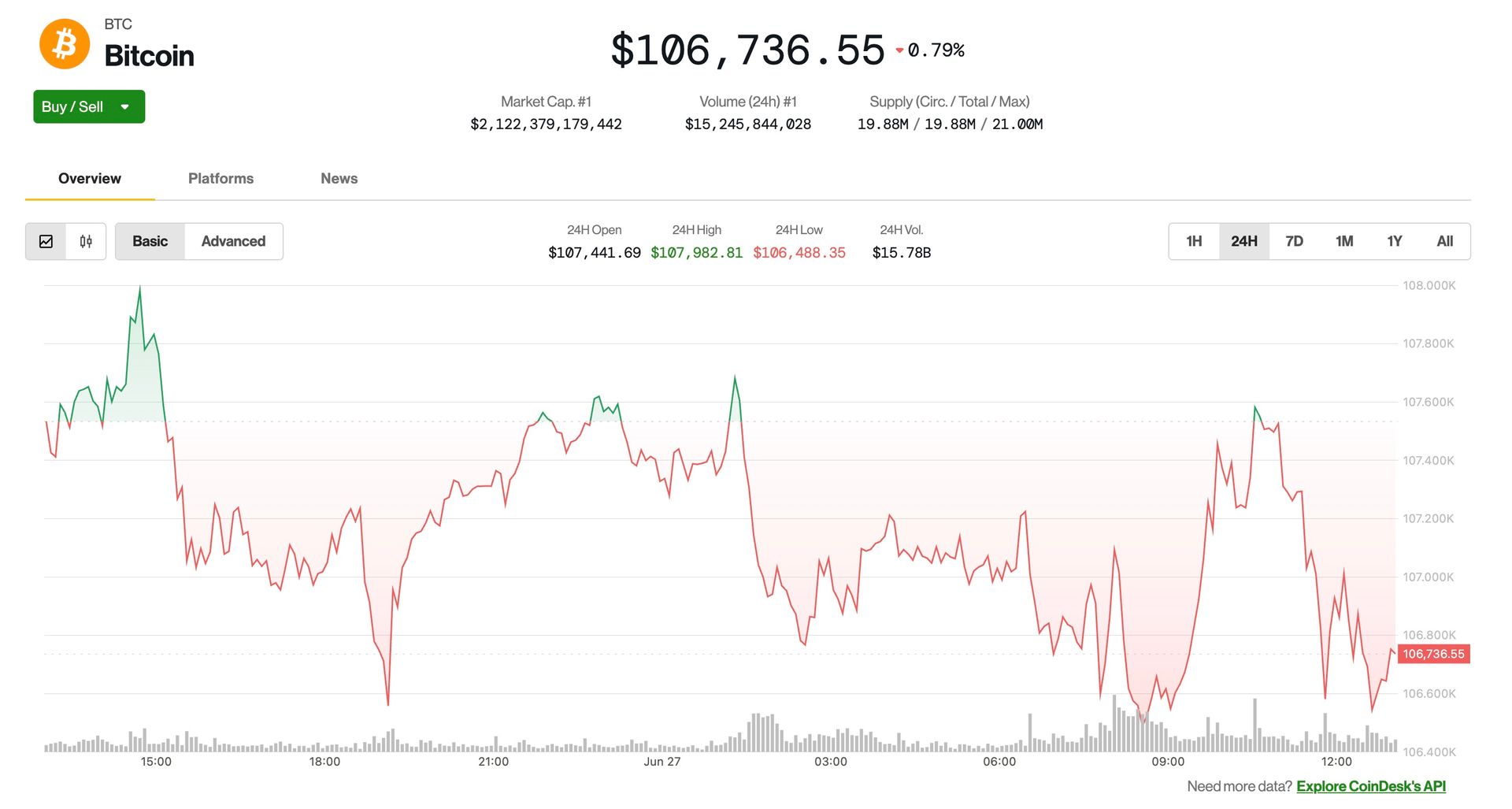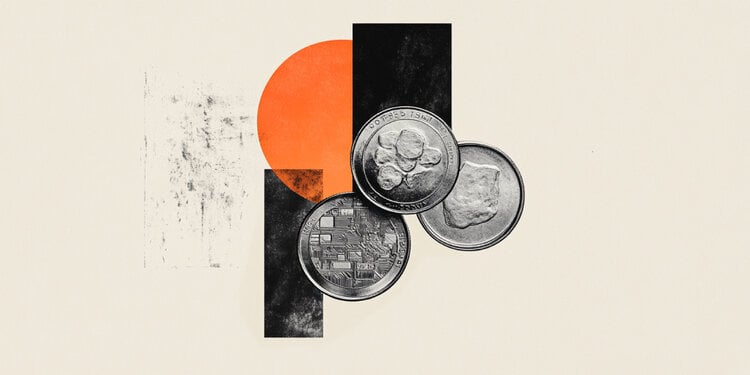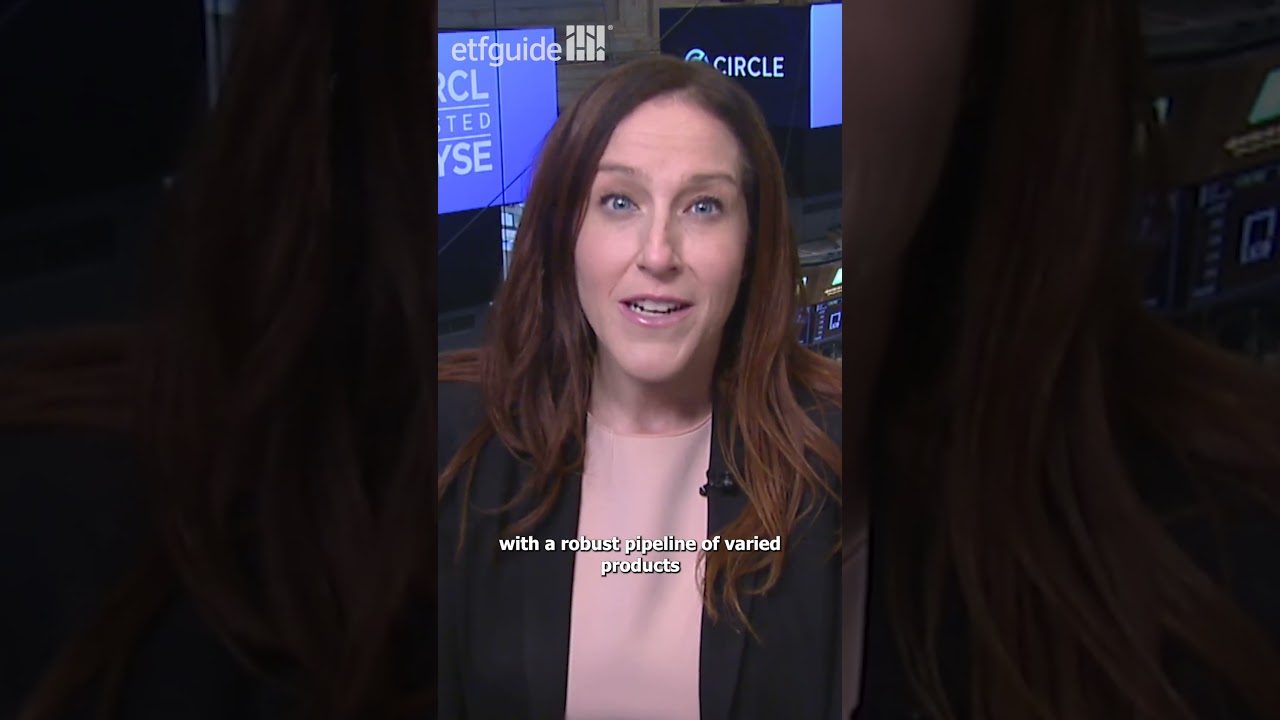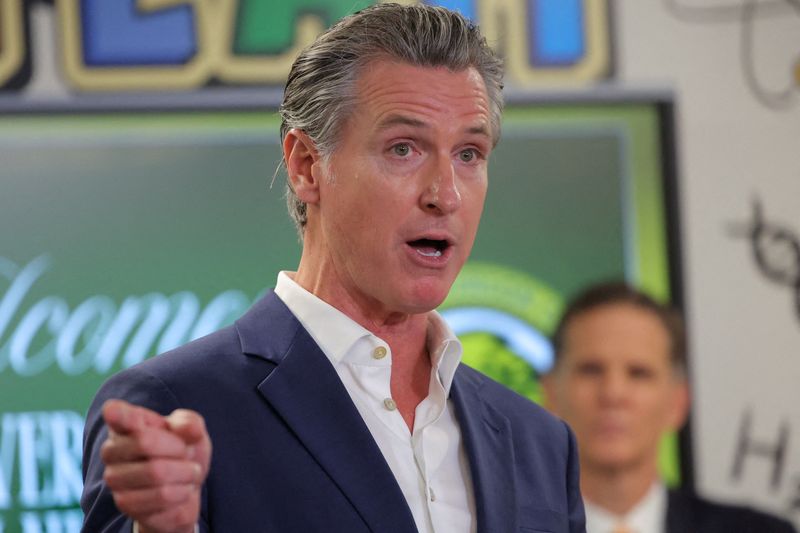3 Reasons Why Millennials Probably Won’t Get Social Security When the Time Comes
This post may contain links from our sponsors and affiliates, and Flywheel Publishing may receive compensation for actions taken through them. One of the most important pieces of legislation to come out of the Great Depression — the installation of Social Security for America’s most vulnerable — is widely considered to be a net positive […] The post 3 Reasons Why Millennials Probably Won’t Get Social Security When the Time Comes appeared first on 24/7 Wall St..

One of the most important pieces of legislation to come out of the Great Depression — the installation of Social Security for America’s most vulnerable — is widely considered to be a net positive for society. With millions more baby boomers now set to take advantage of social security in the years to come, understanding how the system works (and how best to navigate the complexities of social security) should be top of mind for many in this age group.
That said, for the Millennial population, Social Security benefits may not be top of mind for most. That makes sense, considering retirement is decades away for most in this group. But it’s also true that a percentage of everyone’s paycheck is taken to fund the Social Security program (in theory, paying for one’s future withdrawals from the trust). As more baby boomers enter the Social Security system relative to the number of working-age people who enter the workforce — and as health care and drugs continue to see inflation at a higher rate than the CPI — it’s also a fact that the social security trust fund is getting drained at a faster rate than ever before.
Let’s dive into the prognosis for Social Security, and three reasons why social security may not be there for millennials, or at least in the same form as it is for current recipients.
Key Points in This Article:
- Social Security’s trust funds are now forecast to be depleted in just eight years.
- At that point, the program will only be able to pay out 81% of benefits to recipients.
- Are you ahead, or behind on retirement? SmartAsset’s free tool can match you with a financial advisor in minutes to help you answer that today. Each advisor has been carefully vetted, and must act in your best interests. Don’t waste another minute; get started by clicking here. (Sponsor)
Trust Funds Are Depleting Quickly

As most reading this article are probably well aware, the social security trust fund which constitutes the bucket of money social security payments are made out of, is now projected to run out of capital by the year 2034 — just eight years away. At that point, the expectation is that there will be a reduction in benefits to the tune of 81% of full payments.
This revised estimate suggests that the trust fund could be officially out of capital a year earlier than previously estimated. Thus, there’s a trend at play here when it comes to predicting how much longer social security as a program has to live, and the prognosis isn’t getting better.
Of course, much of this speedier depletion has to do with a massive demographic shift, which is seeing roughly 10,000 American baby boomers retire on a daily basis. We’re in the thick of it too, with many more seniors retiring than passing away on a daily basis, resulting in the social security system becoming overloaded on a relative basis. And with the ratio of workers to retirees projected to shrink from 2.7 workers per beneficiary in 2023 to 2.3 workers per beneficiary in 2040, this is a story that is likely to continue to get worse, at least in the near-term.
Inflation and Life Expectancy Increasing

The cost of healthcare, housing, and other key line items in everyone’s household budget continue to increase at a far faster pace than what the CPI indicates, in terms of inflation. This trend isn’t likely to change, given the demographic shift we continue to see, in which the average U.S. age will continue to increase for the foreseeable future.
Unless millennials make the collective decision to have far more children than their parents, and/or the full retirement age is lifted to reflect the longevity boost we’ve seen materialize (or costs come down in key housing/healthcare sectors, which is unlikely), this is the path we’re on right now.
Everything’s Unsustainable
Most younger investors today may certainly view many aspects of daily life we take for granted as unsustainable, or at least on an unsustainable track. I think that’s a fair assessment of everything from the state of the social security program to the government’s debt load, rising costs tied to education and healthcare, and many other facets of how we live life in the U.S. and in most developed countries around the world.
When looking at the state of many systems which play an integral role in how we live our daily lives, many millennials may be rightly dissuaded from even trying. That’s the sad state of affairs we’re starting to see play out in many major markets, with the Chinese having coined a term “laying flat” to describe this phenomenon directly.
The reality is that the overall narrative that millennials are likely to receive nothing from the social security program is likely misleading. That’s because while the social security trust fund is likely to be completely depleted in eight years (maybe less), when this trust fund is fully depleted, those receiving social security from then on will receive benefits based on payroll deductions from the workforce.
We’ll have to see if this means that millennials will ultimately be forced to pay more into the program on a percentage basis than previous generations, and what the cascading effects of this shift are over time. But for now, millennials certainly do have reason to bemoan the current state of Social Security.
The post 3 Reasons Why Millennials Probably Won’t Get Social Security When the Time Comes appeared first on 24/7 Wall St..







